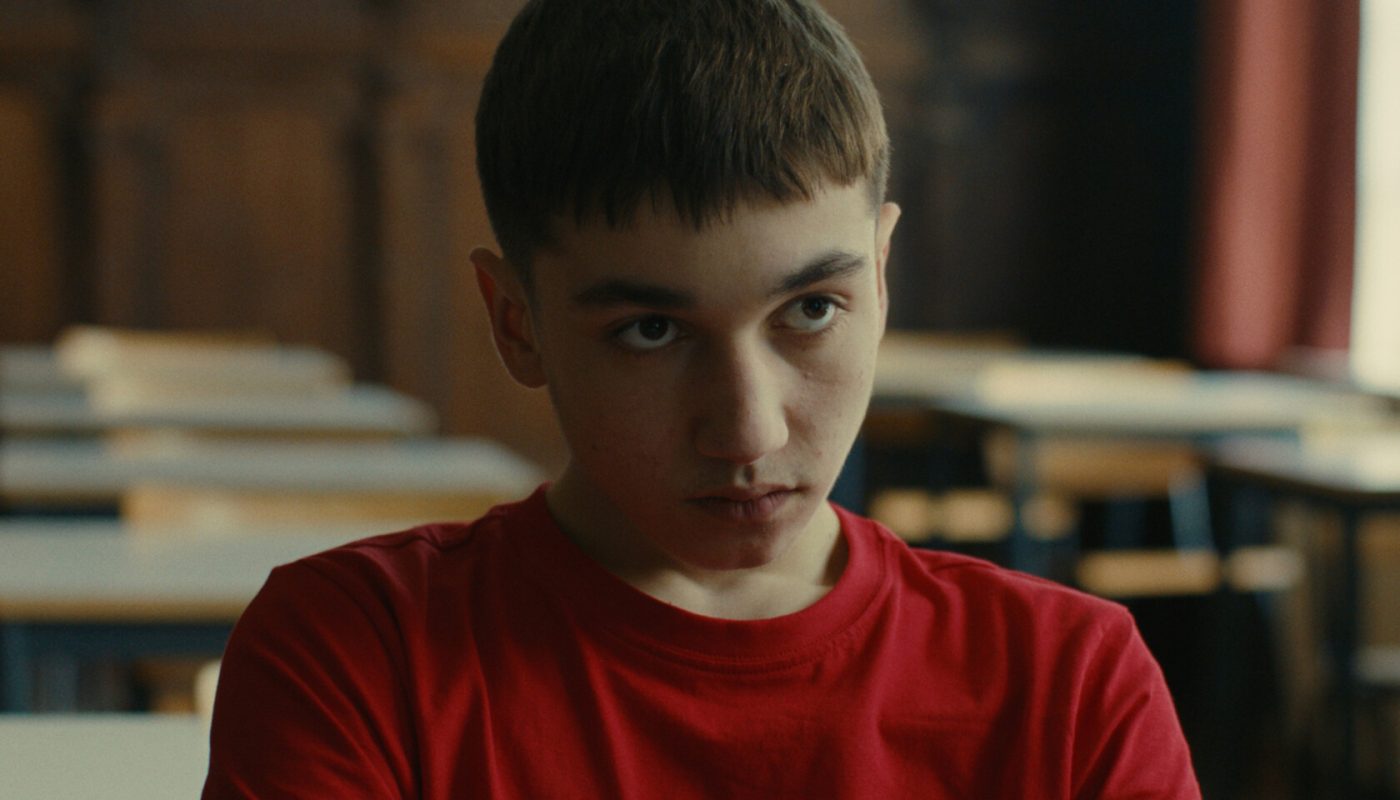

Case Study: Daydrift
Tim Jans about his short film which was selected for Euregion Film Forum 2024 and won the Best Euregion Film Award.
Geplaatst op 25 maart 2024

Tim Jans about his short film which was selected for Euregion Film Forum 2024 and won the Best Euregion Film Award.
Geplaatst op 25 maart 2024